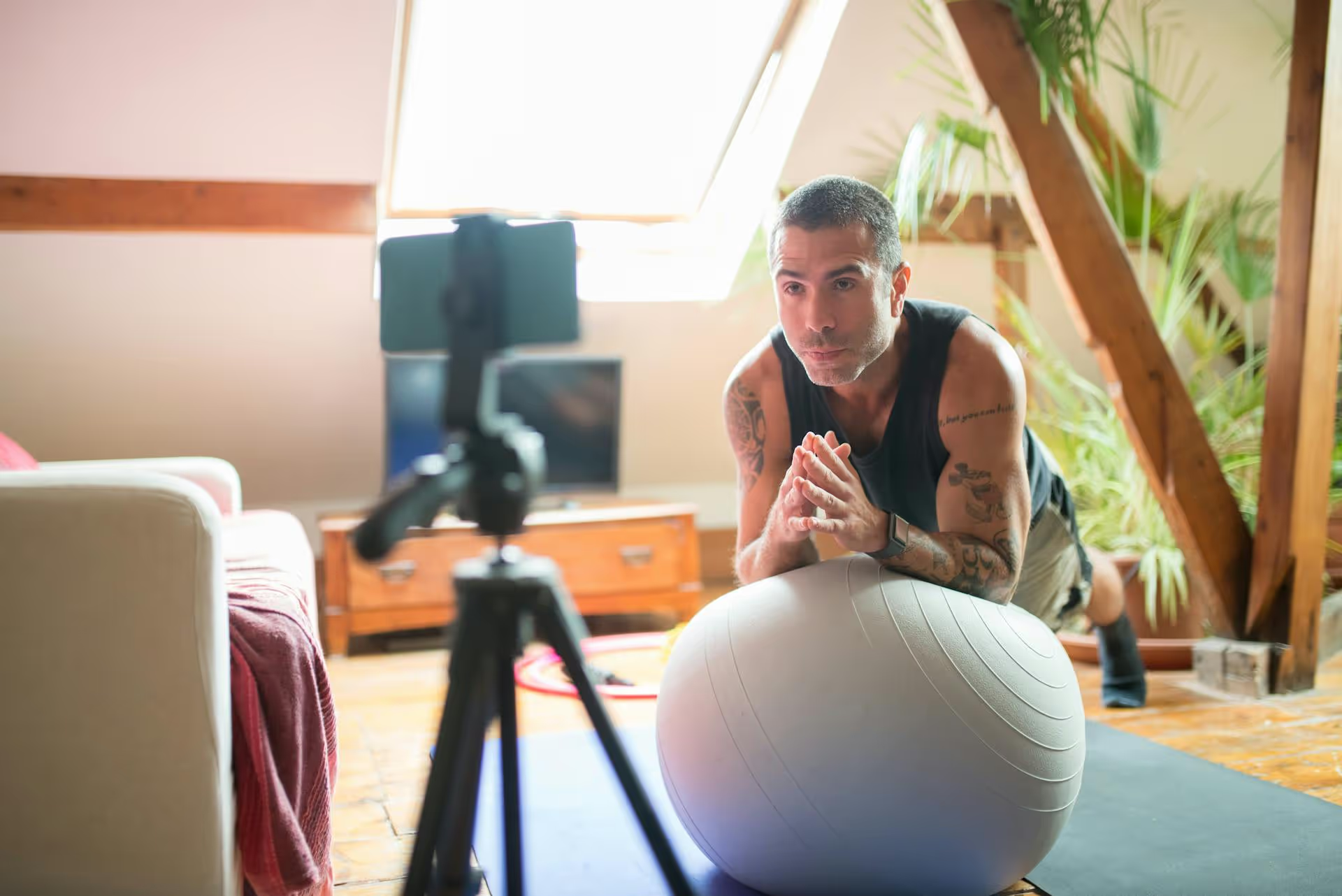How to Add Social Media Icons to an Email Signature
Enhance your email signature by adding social media icons. Discover step-by-step instructions to turn every email into a powerful marketing tool.

Starting a fashion blog on Instagram doesn't require a massive wardrobe or a professional photographer - it starts with a clear point of view and a strategy for sharing it. This guide gives you the step-by-step roadmap to turn your passion for style into a thriving Instagram presence. We'll cover everything from finding your unique angle to creating content that connects with a dedicated audience.
The biggest mistake new fashion creators make is trying to appeal to everyone. The fashion space on Instagram is crowded, and generic "outfit of the day" posts get lost in the noise. The key to standing out is specificity. Your niche is your unique corner of the fashion world, the specific topic you'll become known for.
Instead of just being a "fashion blogger," you could be:
Think about what makes you different. What problems can you solve for a specific group of people? Your personal style, body type, budget, location, and values can all influence your niche. Don't be afraid to get specific. It’s better to be a big deal in a small community than to be invisible in a massive one.
Once you have your niche, you need to build a brand around it. On a visual platform like Instagram, this starts with your aesthetic. A cohesive feed tells followers what to expect and makes your profile instantly recognizable. This isn’t about being perfect, it's about being consistent.
Your visual identity is the mood and feeling your content creates. Consider these elements:
Your brand is also about your personality. How do you want to sound in your captions and videos? Are you funny and relatable? Aspirational and polished? Or educational and direct? Your tone of voice should align with your niche and resonate with your target audience.
Your Instagram profile is your blog's homepage. It needs to tell visitors exactly who you are, what you do, and why they should follow you - all in about three seconds.
Your username (@handle) should be simple, memorable, and easy to spell. If possible, include your name or a keyword related to your niche (e.g., @stylebyemma, @thriftstylist).
Your bio is prime real estate. Don't waste it. Use this structure to make it powerful:
Your profile picture should be a clear, well-lit close-up of your face. People connect with people, so let them see you! Make sure your face is easily recognizable even as a tiny thumbnail.
If you’re still using a personal account, switch immediately. Creator or Business accounts unlock essentials like:
This is where you bring your blog to life. Your content's job is to attract new followers and nurture the ones you have. A strong strategy relies on planning, quality, and a mix of content formats.
Content pillars are 3-5 core topics you’ll consistently talk about. For a sustainable fashion blogger, your pillars might be:
Having pillars keeps your content focused and prevents burnout. You always know what to post about.
Don't just post static photos. A modern Instagram blog uses Reels, Stories, and Carousels to deliver value in different ways.
On Instagram, the photos stop the scroll, but the captions build the connection. Your caption is where the "blog" part of your fashion blog lives. Think of it as a mini-article accompanying your visual.
Growth is about more than just posting, it's about actively building relationships and being discovered.
Hashtags help categorize your content so new people can find you. Use a mix of 10-15 relevant hashtags per post.
The sweet spot for growth is in the niche and community hashtags, where you have a better chance of ranking in the "Top Posts."
Social media is a two-way conversation. Spend 15-30 minutes before and after you post engaging with your community. Reply to every comment and DM you receive. But more importantly, go out and engage with others. Leave thoughtful comments on posts from other creators in your niche and engage with your target audience on the posts they're interacting with.
Starting a successful fashion blog on Instagram is about finding the intersection of your unique perspective and providing consistent value to a specific community. By defining your niche, building a cohesive brand, and leveraging all of Instagram's creative tools, you can move from simple outfit posts to becoming a trusted source of style inspiration.
Maintaining that consistency across Reels, Stories, and posts can feel overwhelming, which is why having the right workflow is so important. When we created Postbase, we wanted to build a simple visual calendar that lets you see your entire content plan at a glance. You can plan and schedule all your content - including your videos and carousels - in one place, write out your captions ahead of time, and trust that it will go live reliably, letting you focus more on the fun parts of content creation and community building.
Enhance your email signature by adding social media icons. Discover step-by-step instructions to turn every email into a powerful marketing tool.
Learn how to add your Etsy link to Pinterest and drive traffic to your shop. Discover strategies to create converting pins and turn browsers into customers.
Grant access to your Facebook Business Manager securely. Follow our step-by-step guide to add users and assign permissions without sharing your password.
Record clear audio for Instagram Reels with this guide. Learn actionable steps to create professional-sounding audio, using just your phone or upgraded gear.
Add translations to Instagram posts and connect globally. Learn manual techniques and discover Instagram's automatic translation features in this guide.
Optimize your Facebook Business Page for growth and sales with strategic tweaks. Learn to engage your community, create captivating content, and refine strategies.
Wrestling with social media? It doesn’t have to be this hard. Plan your content, schedule posts, respond to comments, and analyze performance — all in one simple, easy-to-use tool.